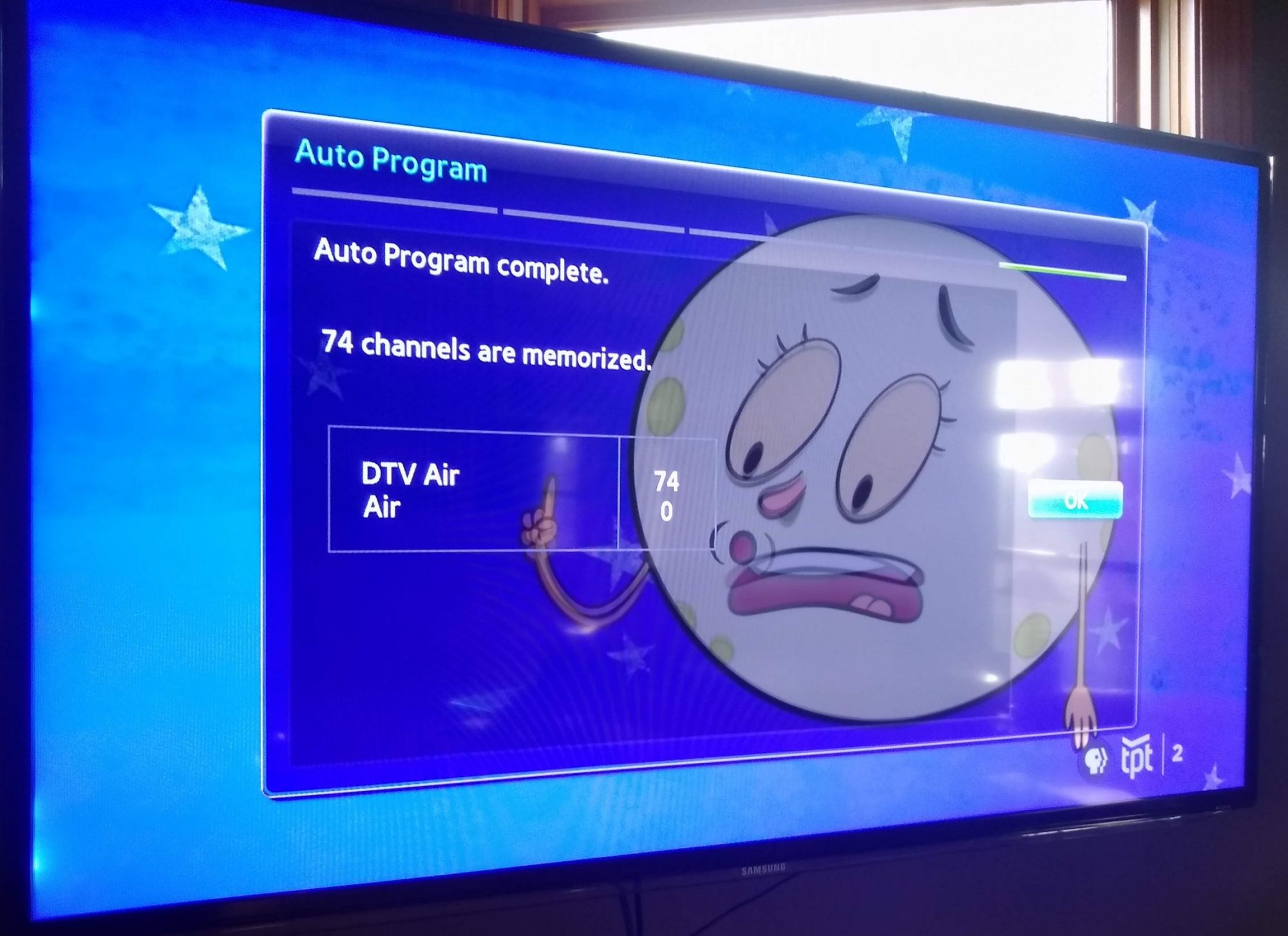LED light bulbs and many modern household devices (cell phone chargers, laptop chargers, solar panel inverters, TVs, etc) utilize what are known as Switched-mode power supplies. Switched-mode supplies enjoy many advantages over traditional “linear” type power supplies, including their small form factor, light weight, high efficiency and low production cost. One potential downside to this type of power supply is that it can create significant amounts of electrical interference, particularly over the FM Radio and VHF TV bands, when the power supply does not implement proper filtering.
Unlike FM or LTE interference, where the offending signal is out-of-band and thus can be dealt with via the appropriate filter, this type of interference is on-band and can only be eliminated by removing the offending device.
A partial list of the devices we’ve found to be causing in-band interference on VHF/FM:
-LED light bulbs
-Wireless phone chargers
-USB device chargers
“But doesn’t the FCC regulate the devices for sale on the market, so they won’t create significant interference?” Yes and no. The FCC does have standards for how much interference a device can generate. However, most products do not have to be tested/certified before being brought to market. Thus, there are many devices being sold which do not comply with FCC interference standards.
While installing or servicing an antenna system, we check to see if this type of interference is present and, if so, inform the customer and work to track down the offending device(s) in order to alleviate it. However, we understand that there may be devices that were not in-use at the time of our service call or installed at a later date that may be causing interference. We have written this guide so that you can attempt to track down and alleviate the interference yourself. Please contact us if you would like us to assist you with our array of spectrum analyzers and portable signal meters.
As we mentioned previously, this type of interference ONLY occurs on VHF TV bands and FM radio, it DOES NOT affect the UHF TV band (where the majority of TV channel broadcast). In our experience, while we have seen severe cases of interference, roughly 95% of our customers do not experience this type of interference (at least not to a level that causes reception issues).
A list of VHF channels (by market):
Duluth: 8.1-5, 10.1-3
Eau Claire/La Crosse: 8.1-6
Green Bay: 11.1-3
Rhinelander: 4.1-6
Rochester: 10.1-5
Twin Cities: 9.4-9
Wausau: 7.1-5, 9.1-5
The severity of interference can vary significantly, depending on the strength of the TV signal being received, the level of interference being generated and the proximity between the offending device(s) and the antenna.
We can place the severity of the interference into three basic categories:
Minor: Decreases the signal-to-noise ratio, but not enough to cause any picture/sound breakups.
Moderate: Decreases the signal-to-noise ratio to the point where there are picture/sound breakups, ranging from sporadic to severe.
Severe: Decreases the signal-to-noise ratio to the point where the tuner is completely unable to lock those channels or pick them up in a channel scan.
Our recommended procedure for identifying and eliminating interference:
(We recommend employing a 2nd person, with a cell phone or 2-way radio, to turn devices on and off, while another person watches TV set).
1)Tune your TV to an affected VHF channel and bring up the signal meter (see: TV & Tuner Setup).
2)Try turning on/off all lights, observing the signal meter to see if any positively/negatively impact the signal meter reading.
3)Go to the circuit breaker panel. Try turning each breaker off for a second and then back on. If you identify a breaker on which there is interference, leave that breaker off and continue to try other breakers in order to identify whether devices on other breakers are also causing interference.
4)Once you’ve narrowed down the interference to a specific breaker, try turning on/off or un-plugging electrical devices. Again, observing the signal meter to see if they have any effect on the signal meter reading. Once you’ve identified the offending devices, we recommend replacing them with equivalent devices of a different make/model. We often find that the offending devices are cheap/low quality to begin with. We recommend reputable, brand-name equipment.
A partial list of brands whose devices we have found cause interference:
-Bell & Howell LED light builbs
-Fiet Electric LED light bulbs
-Zilotek LED light bulbs
(If you identify other brands/devices causing electrical interference, we would appreciate you contact us and send a brief note, so we can update this list).
Three example cases of interference:
1)During an antenna installation, we connected a spectrum analyzer to the VHF-Hi antenna in order to tune it for best reception. The two available VHF-Hi channels were not even visible, buried under a mass of noise across the band. After walking around the house with a portable spectrum analyzer, we determined the culprit was a set of Fiet Electric LED floodlights. The owner replaced the bulbs and the problem was alleviated.
2)A client contacted us after a week or two of having the antenna installed. He noted that VHF-Hi channels (9/11) worked fine during the day, but seemed to disappear completely after dark. The problem was eventually tracked down to two very early LED bulbs installed in porch light fixtures (which were on dusk-to-dawn timer). Replacing these old bulbs with new LED bulbs completely alleviated interference.
3)During an install, we noted low SNRs on VHF-Hi channels, including periodic breakups on a few channels. Spectrum analyzer showed noise across the band. Walking around the house with a portable spectrum analyzer, we identified a wireless phone charger as the source of the interference.

